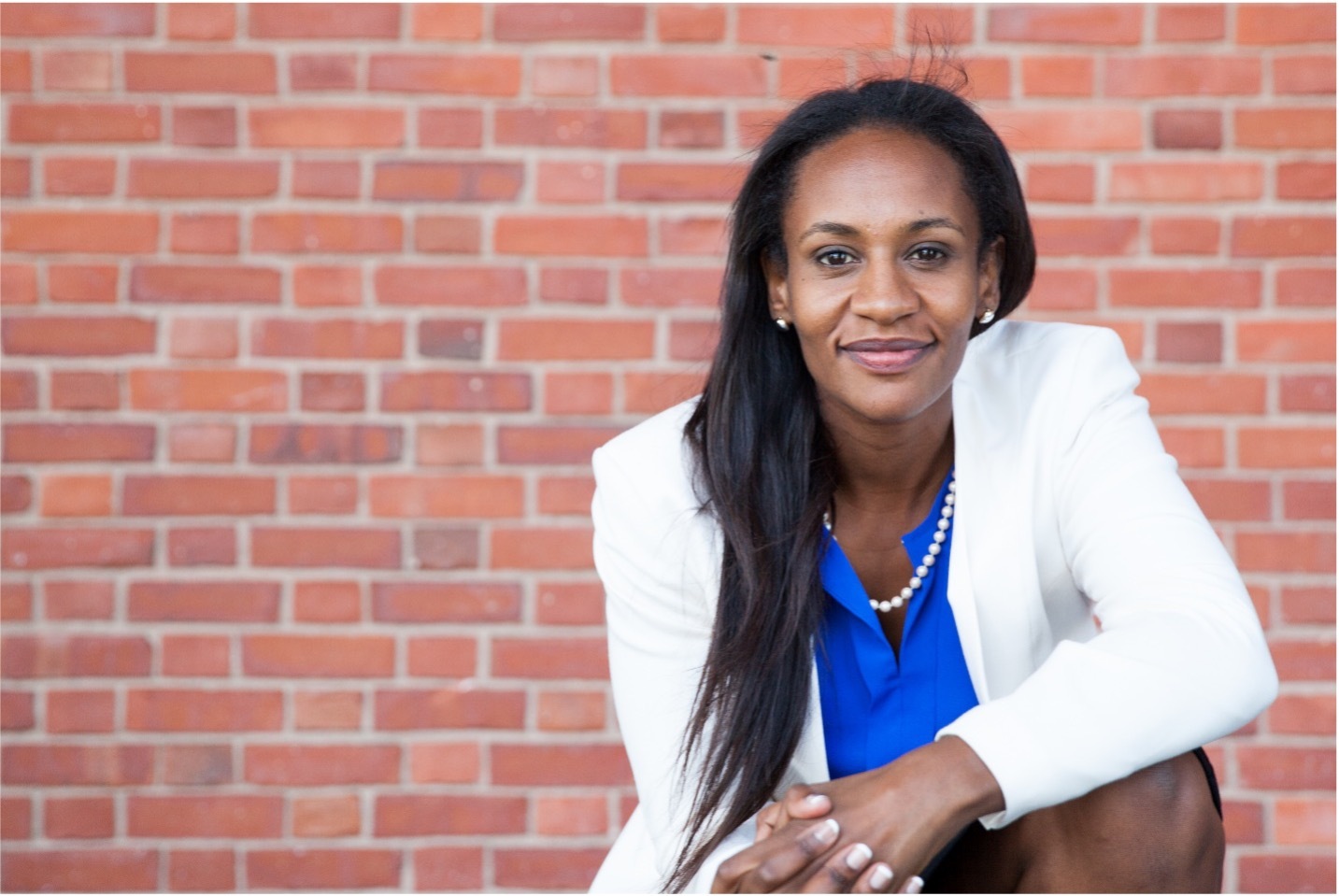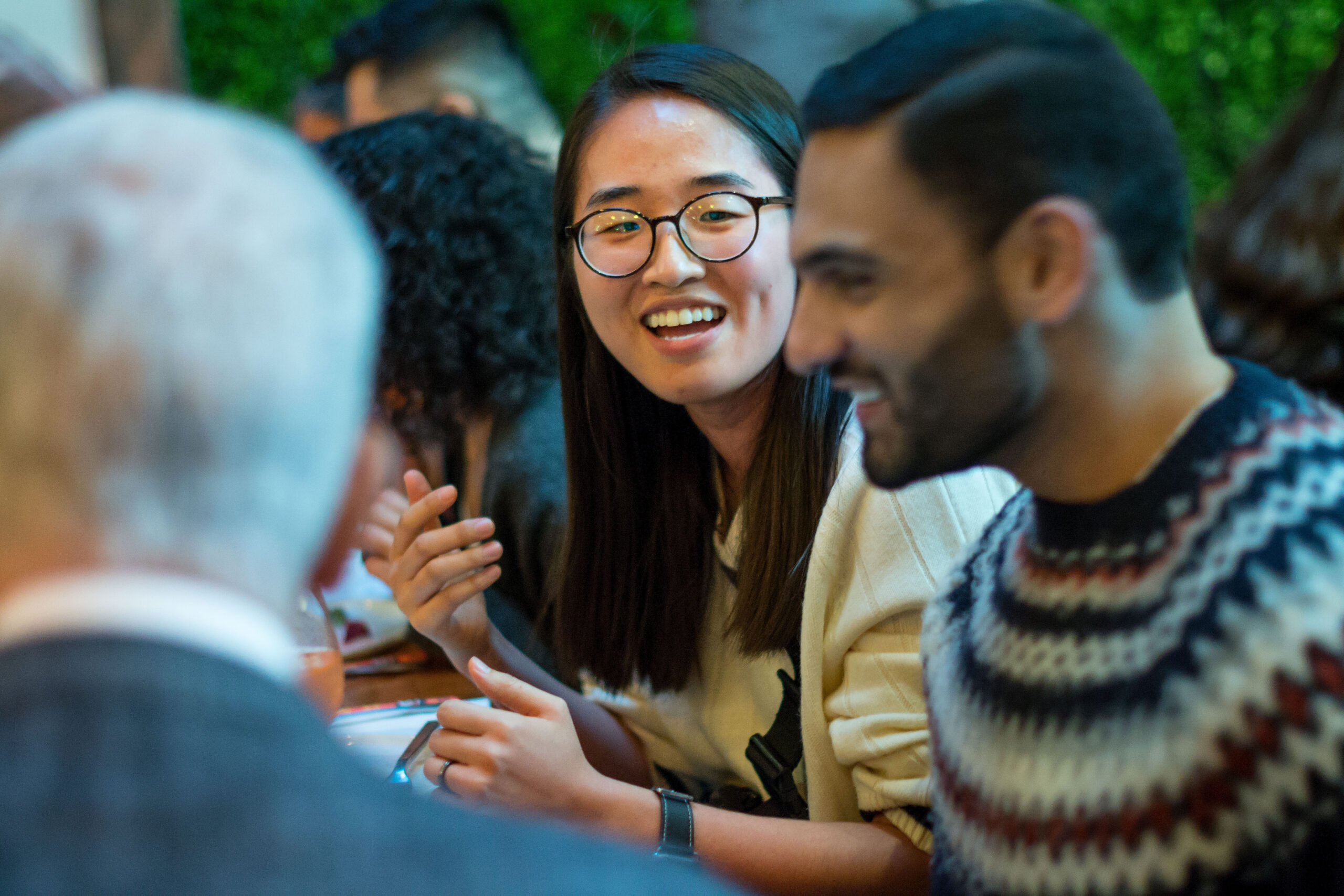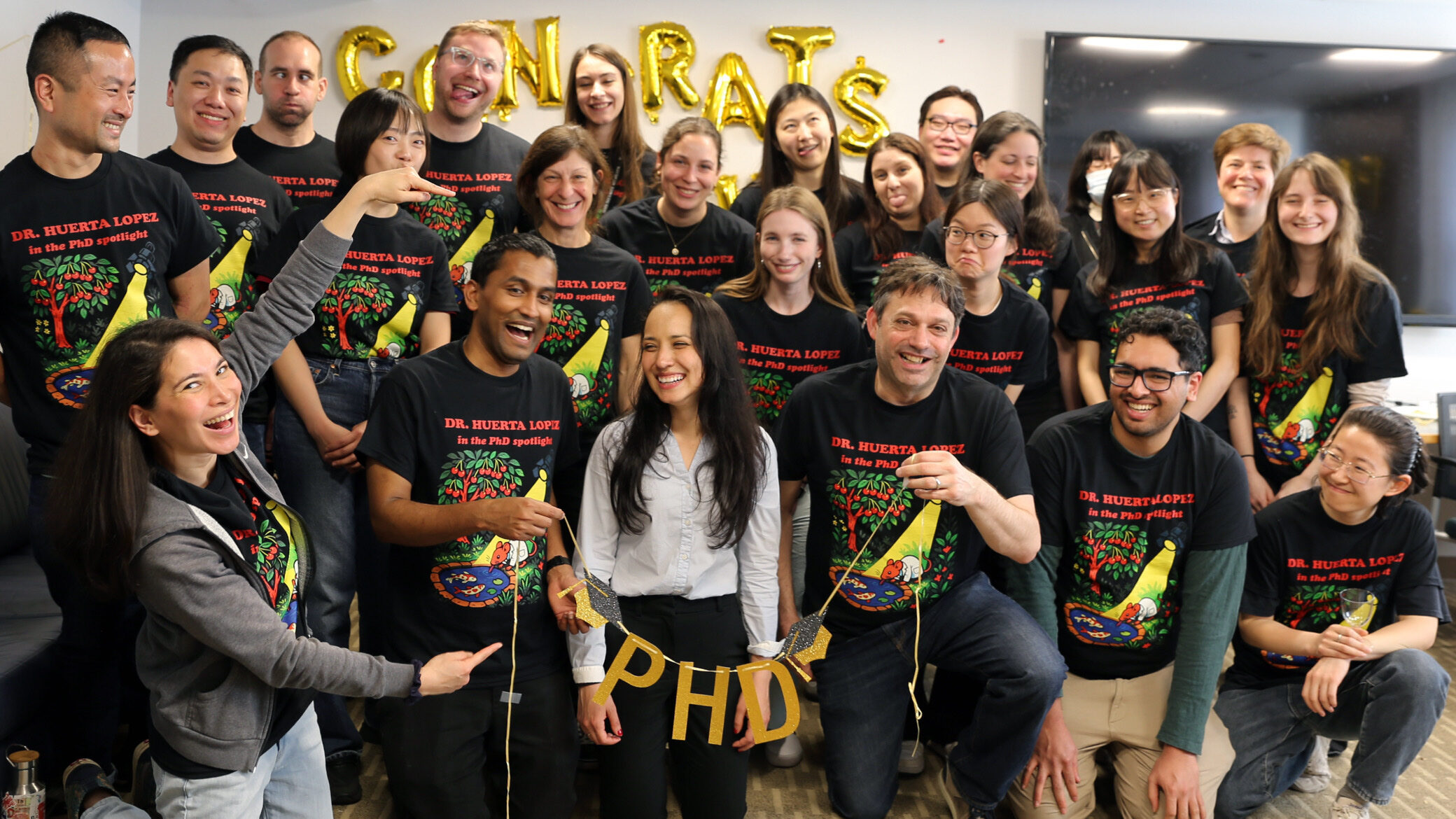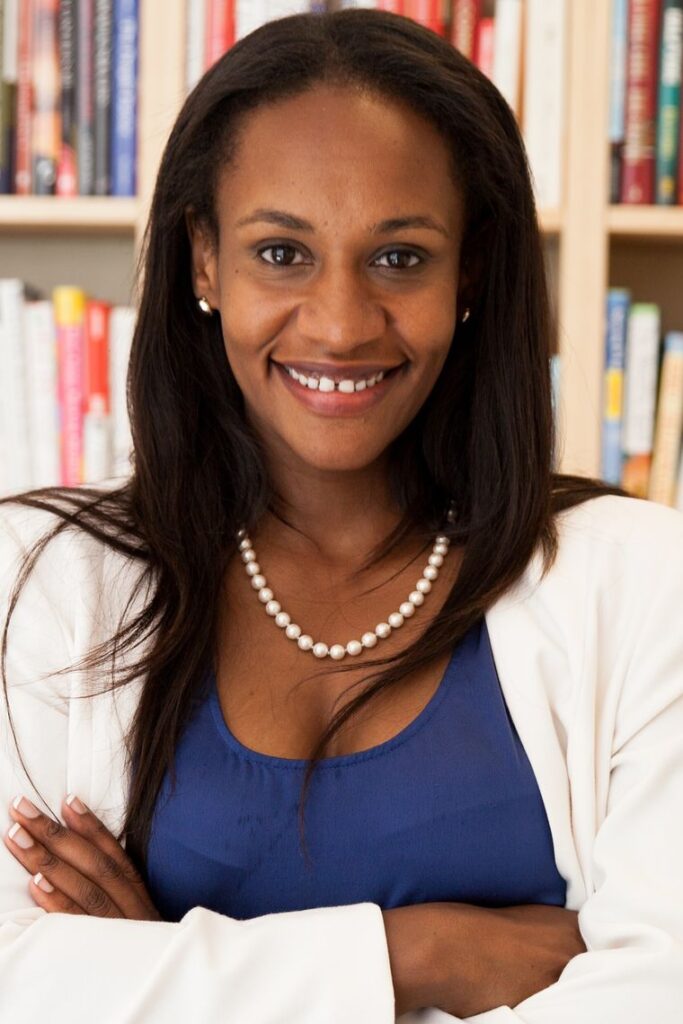- Fellow Highlights
Sava Berhané: How I’m Shaping Culture

When Sava Berhané received the Paul & Daisy Soros Fellowship in 2009, she was pursuing a law degree at the Yale Law School, and she was committed to a career in corporate development. To her, a law degree was a path to rounding out her work in finance and a way to ensure her seat at the M&A table. But fast-forward to 2022, and Sava is investing her career in social entrepreneurship. She is the SVP of customer success at AlayaCare, a health tech company delivering home health solutions to agencies across the United States, Canada, and Australia. We wanted to hear from Sava, whose parents emigrated from Ethiopia, on how she’s shaping culture and making an impact in the Software as a Service (SaaS) industry.
You are working as the SVP of customer success at AlayaCare. Can you tell us about AlayaCare and why you’re excited about the mission of the company?
At AlayaCare, my CEO sometimes likes to say let’s do for care workers what Starbucks did for baristas, and I love that. We take it for granted now, but Starbucks really pushed the concept that the person closest to the customer was the heart and soul of the product and the customer experience. So, they started paying Baristas reasonably and provided health care coverage to all. For them, putting the employee at the center helped their business bottom line and was the right thing to do.
At AlayaCare, we work with agencies who need to recruit, retain, and engage care workers to run their businesses. Our technology powers these care workers’ ability to deliver care in the home. They can clock-in and out shifts, document care, and share changes in condition with the extended care team. This work enables their agency employers to pay them, get reimbursed, track care outcomes, and make real-time decisions on additional care needed.
What excites me is the innovation and transformation we’re participating in to enable the best possible care delivery. We’re exploring automation around shift access, pay, and recognition, and we’re committing ourselves to helping our agencies scale.
What initially sparked your interest in the home care industry?
When I became a Paul & Daisy Soros Fellow, I never imagined I’d be part of a company using technology to bring dignity and quality to care work. I always felt I had to stick with the plan, and for me that was a career in finance.
But, care work played such a meaningful role in my upbringing. My mother, aunt, and one of my sisters are all care workers. So, the opportunity to pivot into health care came naturally. To be fair, some of it was luck. I got recruited to a mission-driven agency growing through acquisition and led by an innovative social worker, which was a perfect fit for my skillsets. I could focus on quality care delivery and invest in care workers, while also leveraging my business background to help integrate acquired agencies.
The fact that my agency was private equity backed meant that we were also having important conversations about scale and growth. Very quickly we agreed technology was a possible differentiator, so I helped us define and design a mobile app to help our care workers track patient care and trigger interventions. I even tried it out on my family members, and they loved it. This work was so exciting and rewarding: from interviewing care workers in focus groups to designing features to raising seed stage capital. I caught the start up bug and found my way to AlayaCare.
How big of an industry is caregiving in the United States?
This is an important question. If we step back, we can see that the care economy encompasses caring for people from birth until the end of life. It’s an evolving 649-billion-dollar market. If we narrow into home-based and aging-in-place care, however, we’re looking at a 151-billion-dollar market with a focus on home care provision, aging-at-home coordination, daily essentials, among other paid and unpaid services.
When you pair this data with the aging population trends, you see a rapidly growing market with an expanding value chain delivering more and diverse services in the home. And technology has a big role to play in this growth because older adults and caregivers are becoming more tech savvy and agencies and their payors are requiring more insight into the care delivered.
What are the biggest challenges right now for caregivers in the United States? What holes do you hope the private and social sectors can help fill?
On the positive side, the industry is facing some tailwinds. Payors and service vendors are prioritizing care delivered in the home because it is becoming clear that we can manage costs better and improve outcomes in the home care setting. And COVID-19 really demonstrated that home care is more resilient than facility-base care.
That said, the number of older adults aged 65+ is projected to double from 52M in 2018 to 95M in 2060. And yet, we’re expecting substantial caregiver shortage in the US, driven by burnout, persistent low pay, lack of adequate funding, and lack of respect at times. This scarcity in care workers creates a gap in care delivery and increases the cost of care, and we do need to pull the right levers to address it to avoid leaving senior patients vulnerable.
For AlayaCare, we want to transform care work by making it easier to deliver. As a trusted platform, we’re positioned to help our agencies attract caregivers by delivering a tool that engages them. In a recent study of 2,600 care workers utilizing our app in the US, we found that 68% were utilizing an app like ours for the first time and more than half said the quality of their work experience had improved. One caregiver said, “it is easier and faster to complete the needed forms at the visit [with my app] than using paper.” Another said, this makes it “easier to access client intel.”
There is still more work to be done. We’d like to see care workers get paid for quality work, and we think the visibility that technology brings can prove beneficial in giving them credit and incentives for quality care outcomes.
How does being a New American shape your perspective and work in the caregiving space? If you had a policy magic wand, what would be the one policy change you would make to help caregivers in the US?
Being the child of immigrants has helped me have empathy for immigrant care workers, who are already working in high numbers in home care, but I think the data speaks for itself. These workers represent 38% of home health aides and 25% of personal care aides, demonstrating a sector already reliant on them.
The question is whether we in the US want to address the shortage enough to expand US immigration policy to include visa categories for low-skilled home health care workers. For examples, we can look to Canada, who launched a five-year caregiver immigration pilot to provide these workers with a pathway to permanent residency, or, the United Kingdom who added home care workers to their shortage occupation list, granting health and care visas.
My view is that Americans are resilient. We’ll likely see some combination of Americans taking on family caregiving for their parents and accessing pools of professional care workers, including immigrants. I trust them to support improved pay in order to attract the best available talent. On the other side of the coin, I am bullish on technology’s role to fill gaps. Whether remote patient monitoring or other devices, we can pair human capital with software to make a difference.
You have a JD but work in business. If you could go back and do your graduate education over again, would you still pursue a JD?
I loved Yale Law School; it’s a special place for me. As the first in my family to go to college, I hid in my schoolwork searching for my confidence and for a sense of safety in a society unfriendly to the poor and working class. At Yale, I felt like I found my tribe – deeply good people who want only to have an impact on the world around them. These people are changing the world, just like our Paul & Daisy Soros Fellows.
I am chuckling because, you’re on to something with this question. I did find myself taking more of the business law classes than the traditional law ones. But, while an MBA might have been an equally good fit, a focus on acquisitions prepared me for cross-functional business work. It might not sound exciting but learning the math behind a deal, creating synergies of revenue and cost, and generally learning enough about your acquisition targets to determine whether you can capture value requires a deep interest in how businesses are run. I am just thankful that at Yale I also got to learn how to think beyond my interests.
You’ve worked on policy and business—do you think more policy makers should spend time making change in or through the private sector?
There is the magical revolving door for those in government. It seems to have its challenges, but I hope it helps bring perspective to policy work and vice versa.
More importantly, we need to continue to educate young Americans about the function of core institutions and sectors in our lives. There is a healthy tension and separation between public, private, social enterprise, nonprofit or religious sectors. Each has a role to play in building a society we can flourish in. ∎
Keep Exploring
-
 Read more: Kathy Ku Steps into Leadership as PDSFA Chair
Read more: Kathy Ku Steps into Leadership as PDSFA Chair- Board of Directors
- Fellowship News
Kathy Ku Steps into Leadership as PDSFA Chair
-
 Read more: Q&A with MD/PhD Student Silvia Huerta Lopez
Read more: Q&A with MD/PhD Student Silvia Huerta LopezQ&A with MD/PhD Student Silvia Huerta Lopez
-
 Read more: PD Soros Eligibility Guide for PhD Applicants
Read more: PD Soros Eligibility Guide for PhD Applicants- Applicant Information
PD Soros Eligibility Guide for PhD Applicants
-
 Read more: Watch: Optional Exhibits & Recommendations
Read more: Watch: Optional Exhibits & Recommendations- 2025 Information Sessions
Watch: Optional Exhibits & Recommendations
